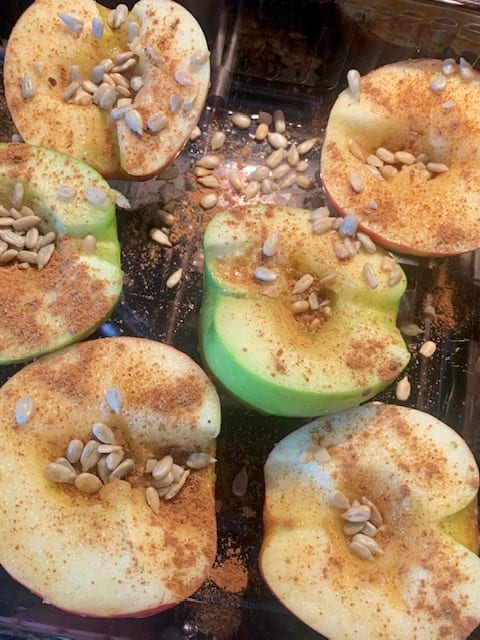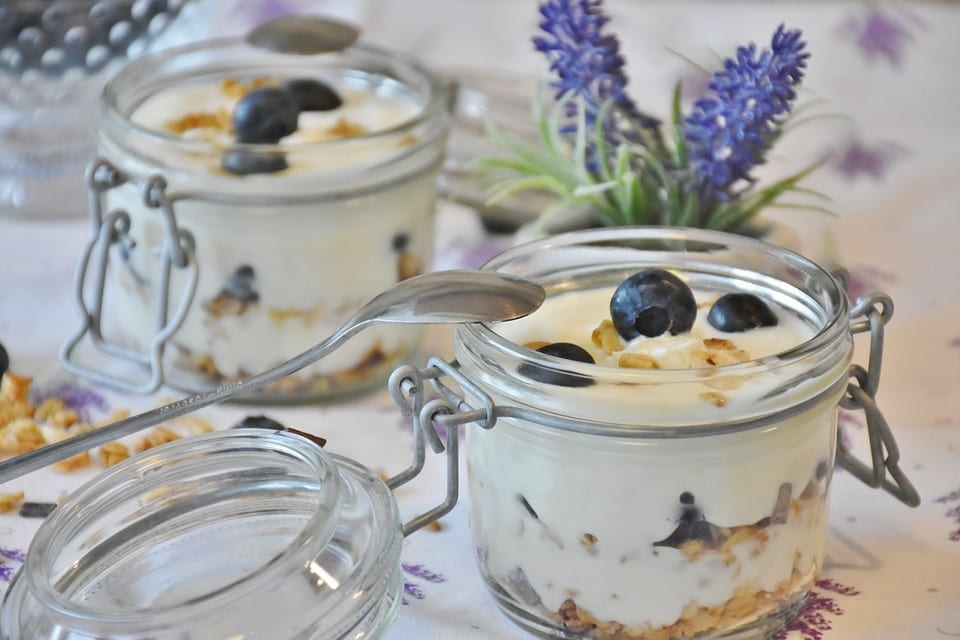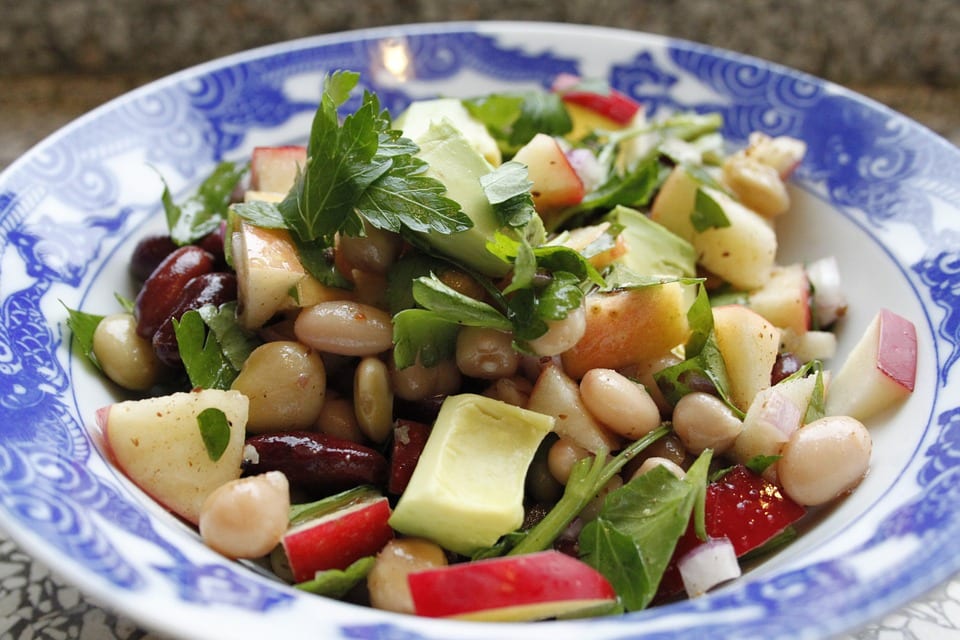
Baked Apples
Apples have a unique fiber called pectin. Pectin is a prebiotic, which means the good bacteria in your gut feed on it!

Apples have a unique fiber called pectin. Pectin is a prebiotic, which means the good bacteria in your gut feed on it!

There are steps you can take to make yourself healthier, and ’ve got a great series that focuses on a super important part of your immune health: your gut!
This Fun Fact Kind Of Freaked Me Out!! Read More »

Foodie Challenge: Try This Old-New Superfood: Peas It’s time to rethink our love-hate relationship with peas! We love them because they add a lot of variety to our diets and contain a long list of nutrients, and sometimes we avoid them because we think they contain too many starchy carbs. But, peas are one of
Foodie Challenge: Try This Old-New Superfood: Peas Read More »

FIBER CHALLENGE! This week we’re going to focus on making sure you have enough BULK in your diet! That’s right, we’re going to make sure we get enough fiber EVERY SINGLE DAY! There are so many great reasons to eat enough fiber, but first, let’s go over the kinds of fiber. First, there’s soluble fiber,

Beans a Powerful plant protein (plus cooking tips!) “I was determined to know beans.”— Henry David Thoreau, The Bean-Field How about you? How well do you know beans? Creamy cannellinis, meaty garbanzos, sweet adzuki, tender pintos, and so many more—beans are one of the most powerful, nutrient-dense plant foods around. Consider this: Beans are packed